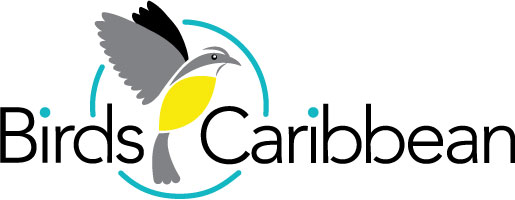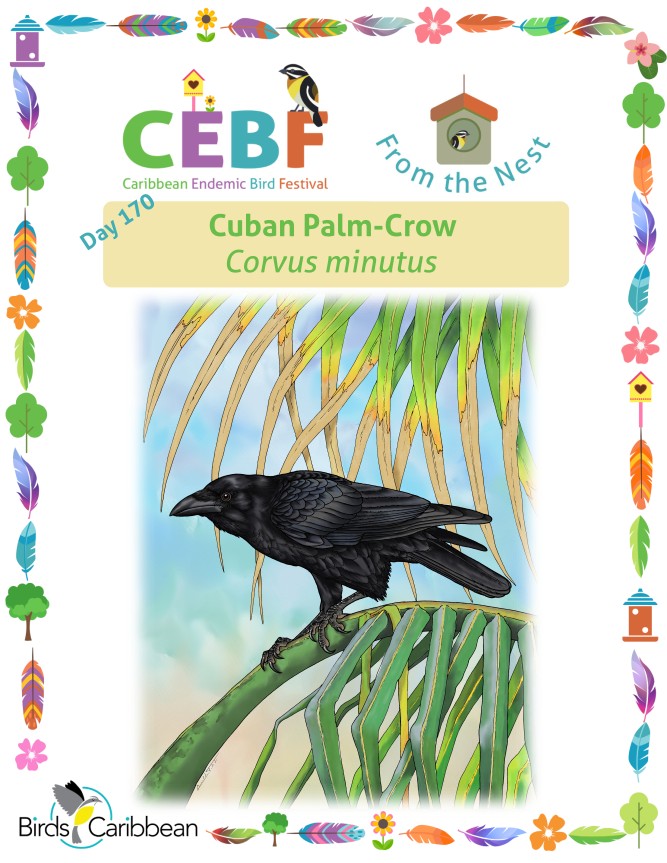Celebrate the Caribbean Endemic Bird Festival (CEBF) with us! Our theme in 2025 is “Shared Spaces: Creating Bird-friendly Cities and Communities”—highlighting the crucial role bird-friendly cities and communities can have in addressing the decline in bird populations caused by threats like habitat loss, predation, and climate change. Have fun learning about a new endemic bird every day. We have colouring pages, puzzles, activities, and more. Download for free and enjoy learning about and celebrating nature!
Endemic Bird of the Day: Cuban Palm-Crow
 The Cuban Palm-Crow is barely two years old—as a species, that is! Until 2023, it was considered the same bird as the Hispaniolan Palm-Crow. But thanks to key differences in their calls, displays, egg appearance, and preferred habitats, scientists officially split them, giving the Caribbean two unique endemic crows to celebrate—and conserve.
The Cuban Palm-Crow is barely two years old—as a species, that is! Until 2023, it was considered the same bird as the Hispaniolan Palm-Crow. But thanks to key differences in their calls, displays, egg appearance, and preferred habitats, scientists officially split them, giving the Caribbean two unique endemic crows to celebrate—and conserve.
This crow sticks to lowland habitats—open areas dotted with palm groves and tall trees. Unlike its Hispaniolan cousin, it’s not found in pine forests. Sadly, it’s now very rare and only occurs in scattered pockets of western and central Cuba. With such a limited range and growing threats to its habitat, the Cuban Palm-Crow is listed as Endangered in Cuba’s national Red Data Book.
At a glance, it looks like your classic crow: glossy black plumage with a subtle purple-blue sheen. But here’s the kicker—it shares its home with another nearly identical species, the Cuban Crow, making field ID tricky even for seasoned birders. Fortunately, their calls are distinct: the Cuban Palm-Crow gives a nasal “craaa, craaa,” while the Cuban Crow sounds more like a parrot. Still want more clues? The Palm-Crow has longer nasal bristles that cover its nostrils, and its bill shape differs slightly too—the bill’s commissure (where upper and lower mandible meets) extends below the eye in the Cuban Crow, while in the Cuban Palm-Crow, it only reaches the front of the face. Sharp-eyed birders, take note!
Diet-wise, the Cuban Palm-Crow isn’t picky. With a short, sturdy bill, it feeds on fruits, insects, and other invertebrates, foraging both in trees and on the ground—sometimes even along roadsides. It’s often seen in pairs or small groups, but gatherings of up to 20 birds aren’t uncommon.
There’s still a lot we don’t know about its natural history, especially its breeding behavior. What we do know: it builds a typical crow nest—a stick platform lined with soft materials—usually in tree branches or nestled under palm fronds (yep, that’s where the name comes from!). Breeding takes place from March through July, with clutches of 3–4 pale green, speckled eggs. Though likely solitary nesters, small groups have been spotted mobbing predators to defend nests.
Crows have long been saddled with spooky reputations in Western culture, but it’s time to flip the script. In the Caribbean, crows like the Cuban Palm-Crow are not omens of bad luck, they’re indicators of healthy forests. And with half of our Caribbean crow species now threatened, protecting them is more urgent than ever. So next time you see a crow calling from a palm grove, take it as a good sign—you’ve found a patch of forest worth protecting. Learn more about this species, including its range, photos, and calls here. Great news! If you’re in the Caribbean, thanks to BirdsCaribbean, you have free access to Birds of the World and you can find out even more in the full species account of this bird!
Thanks to Arnaldo Toledo for the illustration and Daniela Ventura for the text!
Colour in the Cuban Palm-Crow
Download our West Indies Endemic Bird colouring page. Use the photos below as your guide, or you can look up pictures of the bird online or in a bird field guide if you have one. Share your coloured-in page with us by posting it online and tagging us @BirdsCaribbean #CEBFfromthenest
Listen to the calls of the Cuban Palm-Crow
The call of the Cuban Palm-Crow is nasal “raaah“.
Puzzle of the Day
Click on the image below to do the puzzle. You can make the puzzle as easy or as hard as you like – for example, 6, 8, or 12 pieces for young children, all the way up to 1,024 pieces for those that are up for a challenge!
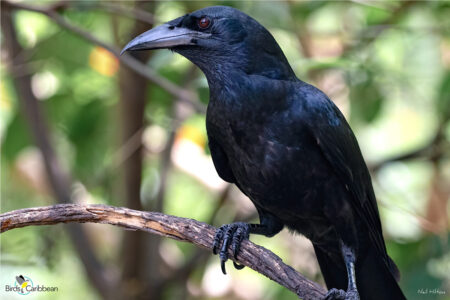
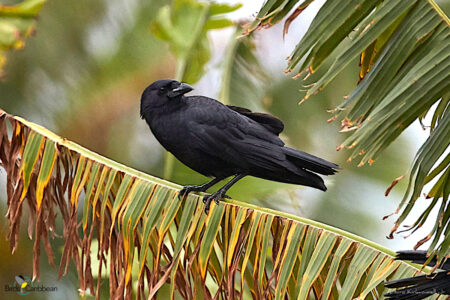
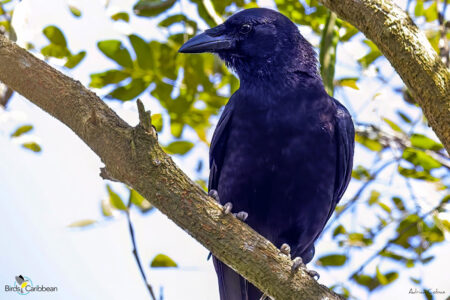
Activity of the Day
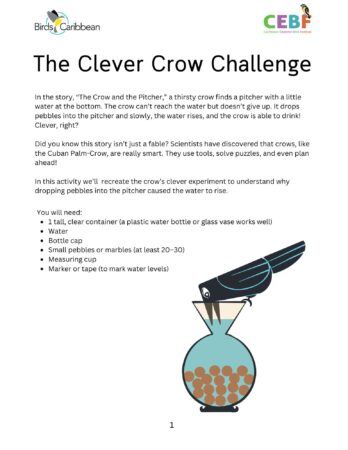 FOR KIDS : In the story, “The Crow and the Pitcher,” a thirsty crow finds a pitcher with a little water at the bottom. The crow can’t reach the water but doesn’t give up. It drops pebbles into the pitcher and slowly, the water rises, and the crow is able to drink! Clever, right?
FOR KIDS : In the story, “The Crow and the Pitcher,” a thirsty crow finds a pitcher with a little water at the bottom. The crow can’t reach the water but doesn’t give up. It drops pebbles into the pitcher and slowly, the water rises, and the crow is able to drink! Clever, right?
Did you know this story isn’t just a fable? Scientists have discovered that crows, like the Cuban Palm-Crow, are really smart. They use tools, solve puzzles, and even plan ahead!
In The Clever Crow Challenge you will recreate the crow’s clever experiment to understand why dropping pebbles into the pitcher caused the water to rise.
You will need:
- 1 tall, clear container (a plastic water bottle or glass vase works well)
- Water
- Bottle cap
- Small pebbles or marbles (at least 20–30)
- Measuring cup
- Marker or tape (to mark water levels)
FOR KIDS AND ADULTS : Enjoy this video of a Cuban Palm-Crow in the wild!
